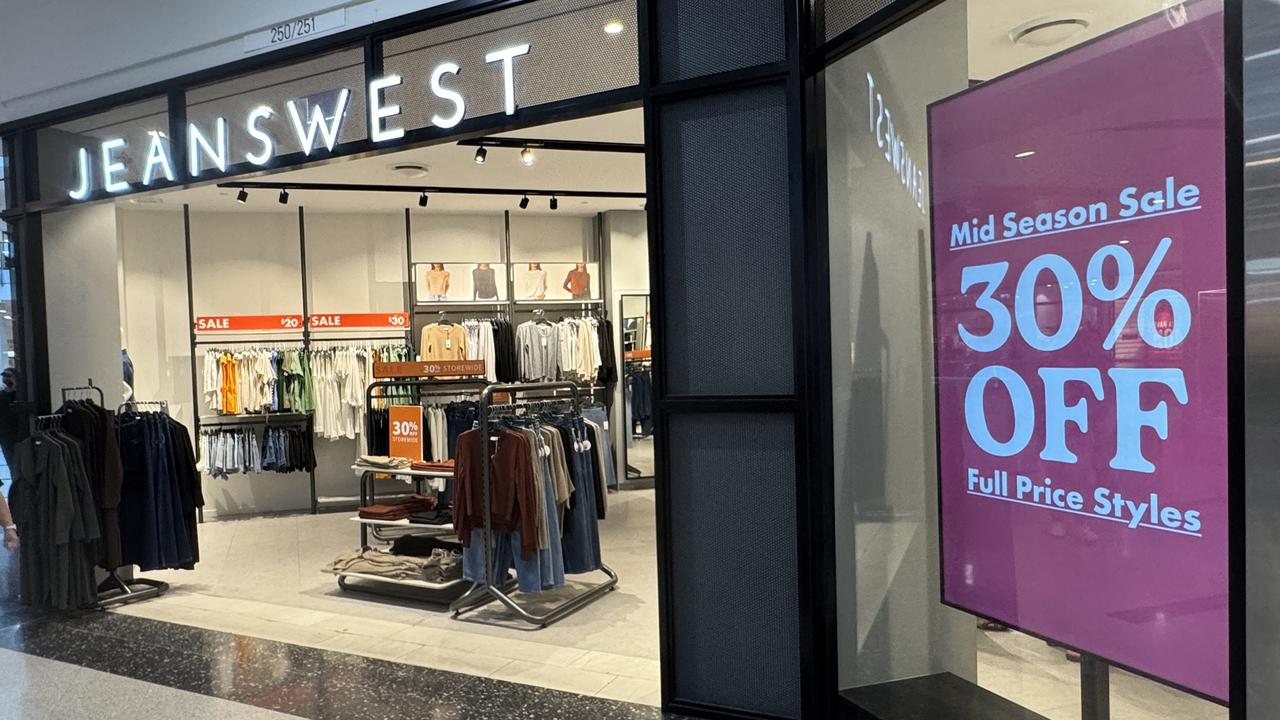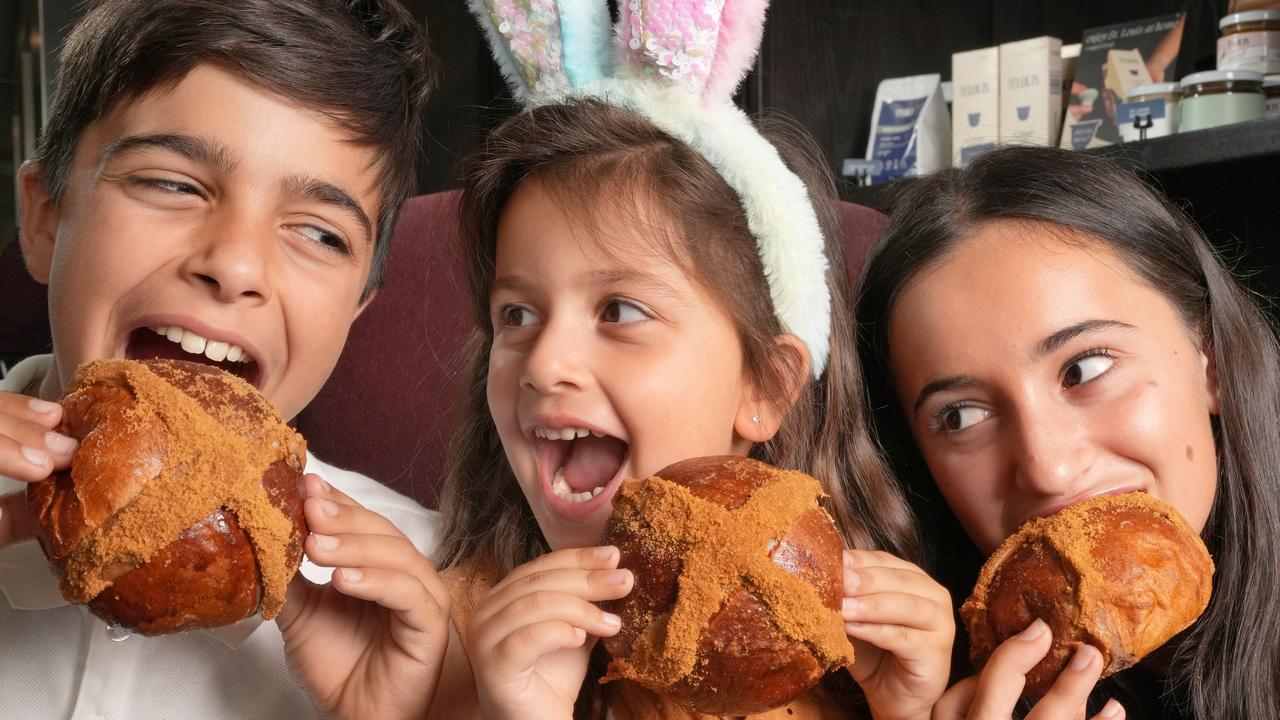Third time unlucky: Why Taco Bell failed to take off in Australia
It failed to expand down under in the ’80s and ’90s, and now Taco Bell’s most recent attempt to break into Australia has again flopped. So, why didn’t it ever take off?
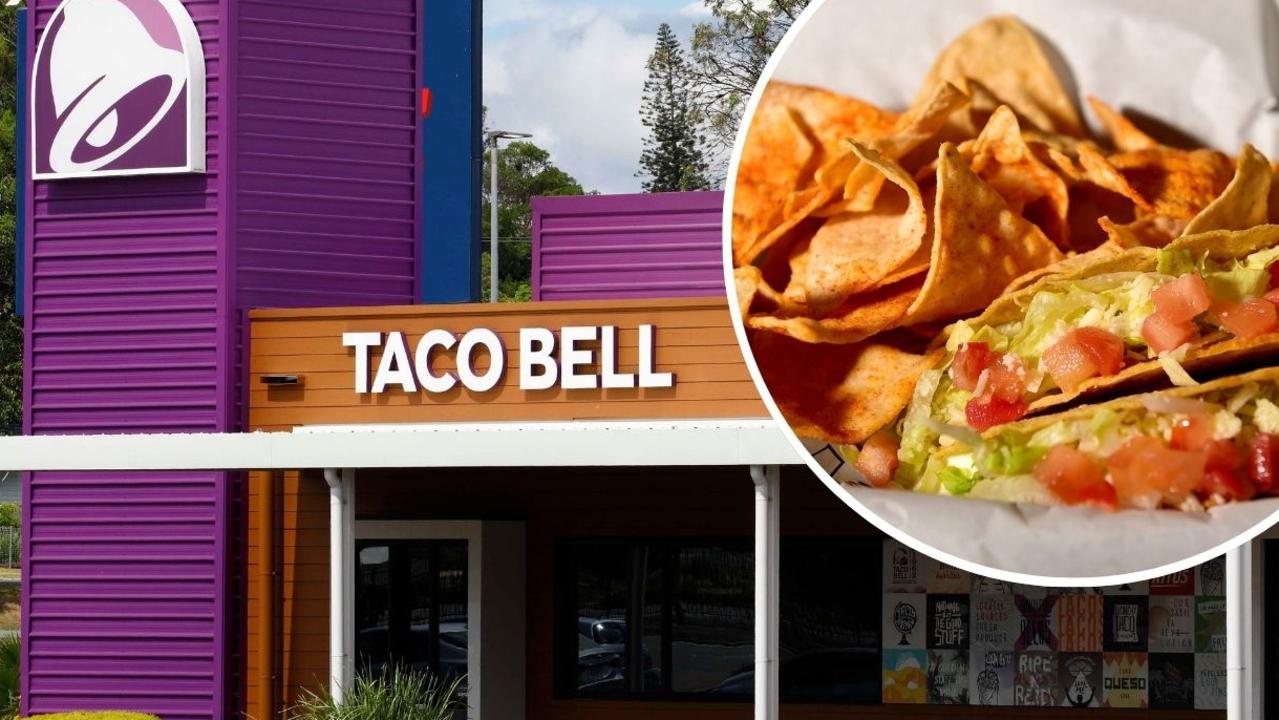
Lifestyle
Don't miss out on the headlines from Lifestyle. Followed categories will be added to My News.
It seems third time isn’t a charm for Taco Bell.
After failing to expand down under in the ’80s and ’90s, the fast food chain gave it another crack in Australia, unveiling plans to open 50 stores by 2021.
But Taco Bell has consistently struggled to make a profit, despite a number of brand resets and reviews, posting an underlying loss of $1.1m for the first half of 2025.
Parent company Collins Foods, which operates 27 Taco Bell stores across Australia, announced on Tuesday that the brand is set to be sold off, leaving the franchise’s future in the country uncertain.
So what went wrong?
A highly competitive sector, combined with a lack of focus on freshness and Australia’s preference for eating local, led to its hardship, experts say.
Highly competitive sector
The quick service restaurant sector is worth about $29.7bn in Australia, with more than 7500 outlets across Australia, Retail Doctor Group founder Brian Walker said.
“McDonald’s makes up 1040 of that and Subway makes up 1246 of that alone,” he said.
He said Taco Bell’s main competitors – Guzman y Gomez, Zambrero and Mad Max – had built strong customer bases.
“A lot of these existing businesses have beaten them to the punch when it comes to the primary locations,” he said.
“They’ve ended up in secondary suburbs, non-premium retail sites … and they don’t have enough brand presence or brand power to be destinational – where consumers go out of their way to access a store.
“Taco Bell has also had problems with slow rollout and some reports of service inconsistency.”
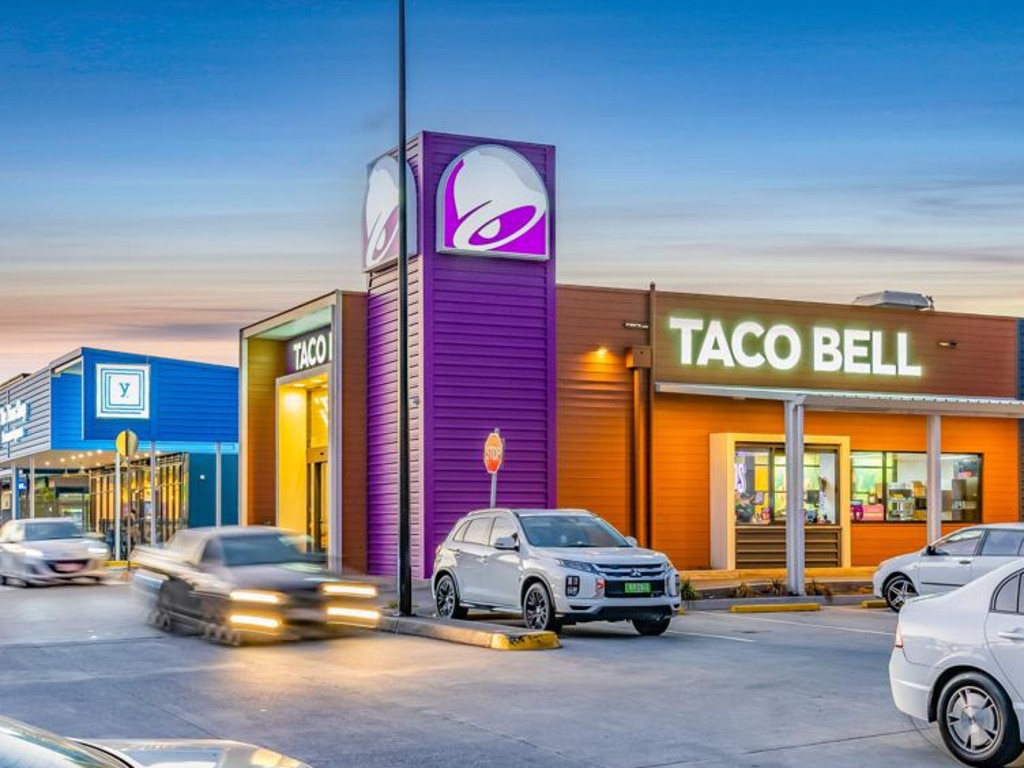
Gary Mortimer, Professor of marketing and consumer behaviour at Queensland University of Technology, said it didn’t help that it was Collins Foods’ third time entering the Australian market with the Taco Bell offer.
“I think the first two times they were probably too early and Mexican fare hadn’t really become popular across mainstream Australians,” he said.
“This third attempt I actually thought would actually work considering there was an appetite for Mexican food, but it would appear that the offer of big meals at a low price and targeting a consumer that’s already negatively impacted with the cost of living, hasn’t paid dividends for them.”
The saturation with Mexican fast food saw Taco Bell then become a follower, Professor Mortimer said.
“There’s benefits of being a follower – for example you can see what the market leader has done and learn from those mistakes or fill a gap in the market that the market leader hasn’t leveraged.
“But the risk of being a follower is that tastes or preferences or loyalty has already been established.
“So you need to enter a market saying, this is why you should choose us over an incumbent player.”
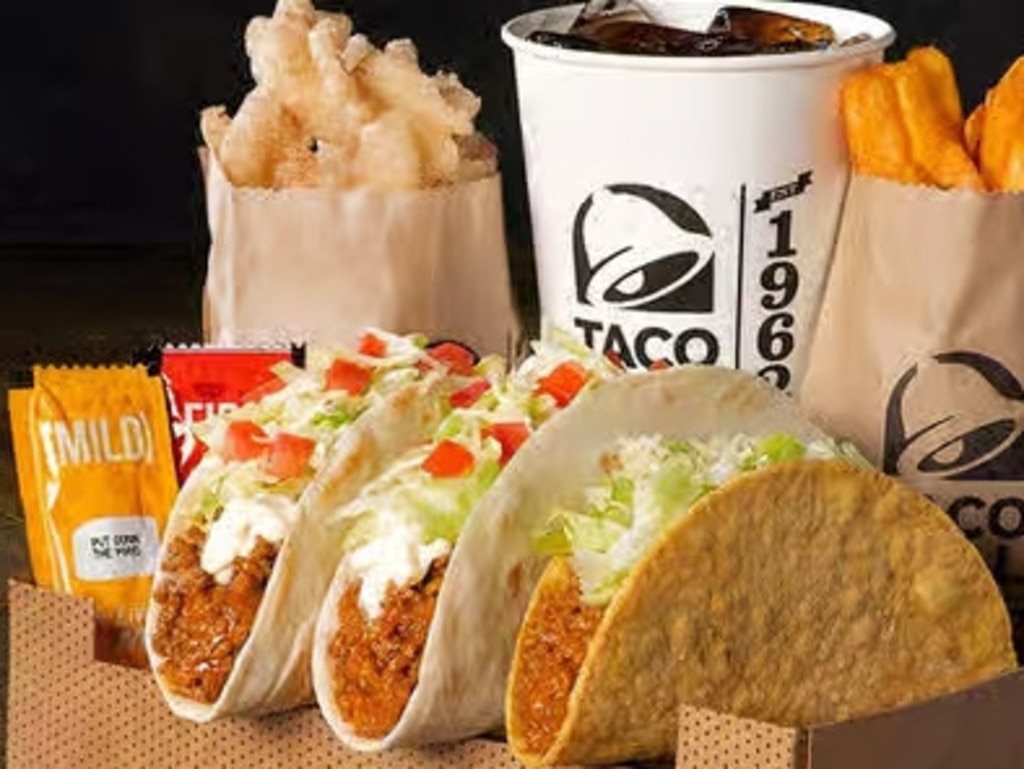
Missing the mark on freshness
Taco Bell struggled to appeal to local tastes, experts say, largely due to concerns about freshness.
“Per capita, Australians are one of the leading countries in the world focused on wellness and health,” Mr Walker said.
“Their tone and menu we see is very (big) and over-Americanised. And it just doesn’t resonate with local consumers.”
When you compare Taco Bell with its main competitor, Guzman y Gomez, their focus is around freshness and clean eating, Professor Mortimer said.
“I think a consumer that’s looking for a Mexican meal offer will be focused more around health and fresh foods rather than large burritos,” he said.
Mr Walker said similarities could be drawn to the collapse of American burger chain Carl’s Jr. in Australia.
The fast food brand collapsed into administration in July last year with 20 stores shut down immediately.
“The burger market’s heavily competitive – Hungry Jack’s, McDonald’s, Grill’d, Betty’s Burgers, and a whole heap of independents are all buying for share,” Mr Walker said.
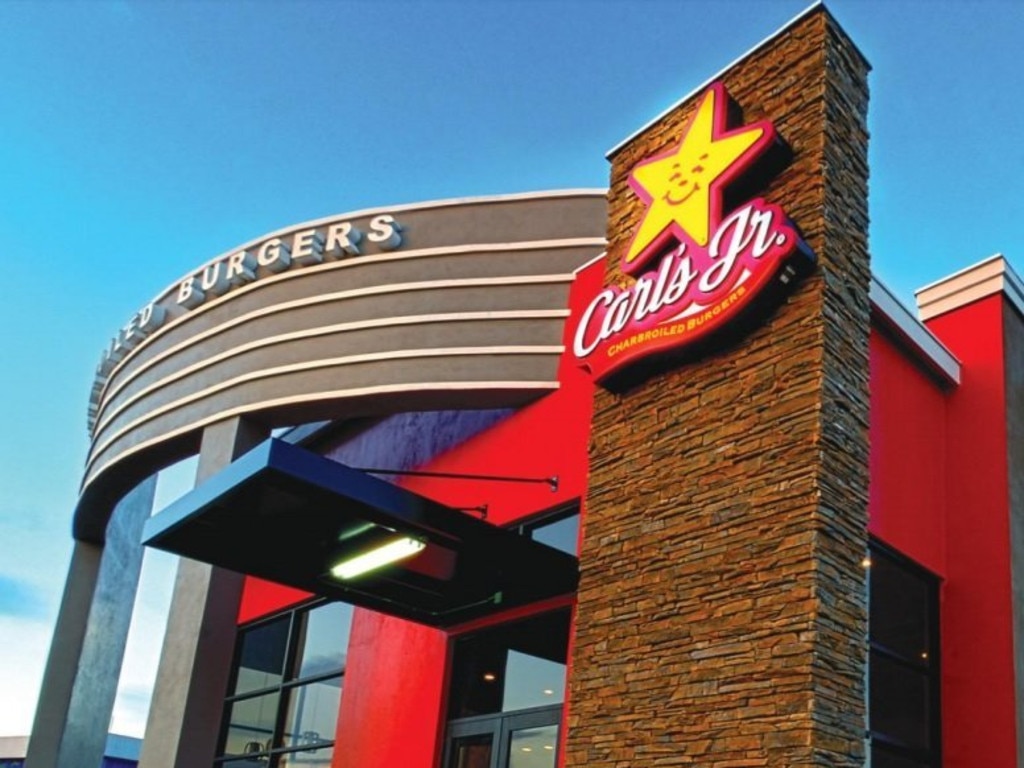
Australia’s preference for local
Aussies love eating local, experts say.
Although there are exceptions to the rule, like McDonald’s and KFC, Mr Walker said Australians prefer “more localised, fresh and culturally aligned products”.
“(A brand like Taco Bell) has been endemic or embedded into American culture for many, many years,” he said.
“And so they are part of the American DNA, but it doesn’t convert or translate to a country like Australia with its very diverse population.”
Mr Walker said the same could be seen in Starbucks’ failure to thrive in Australia.
Seattle-based Starbucks entered Australia in 2000 with an outlet in Sydney.
The coffee chain scaled to 80 stores before closing two-thirds of its sites in 2008 after significant losses.
Starbucks finally saw its first profit in Australia in 2023.
It now operates over 80 locations across Australia, with New South Wales and Queensland holding the highest number of stores, with around 27 each.
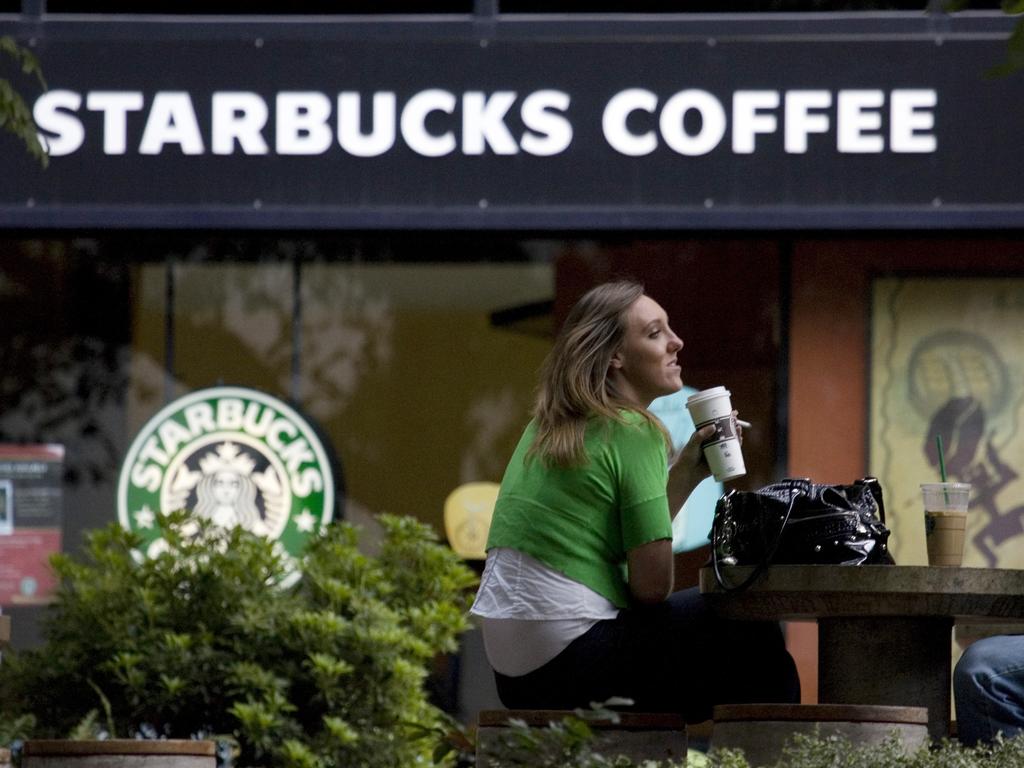
“We’ve got quite a sophisticated and cafe-centric Australian coffee culture,” Mr Walker said.
“I think that’s a lot to do with the immigration in the 50s of Greeks and Italians and Europeans who predominantly knew their coffee.
“And so when Starbucks went hard in the early 2000s with opening lots of shops, they didn’t really understand the strong local coffee shops, quality, price, but most importantly, community atmosphere.
“Starbucks have now stabilised in Australia by the look of it. They’re more focused on tourist students and premium malls, but they’re certainly not dominant the way they would have been anticipated.”
More Coverage
Originally published as Third time unlucky: Why Taco Bell failed to take off in Australia





